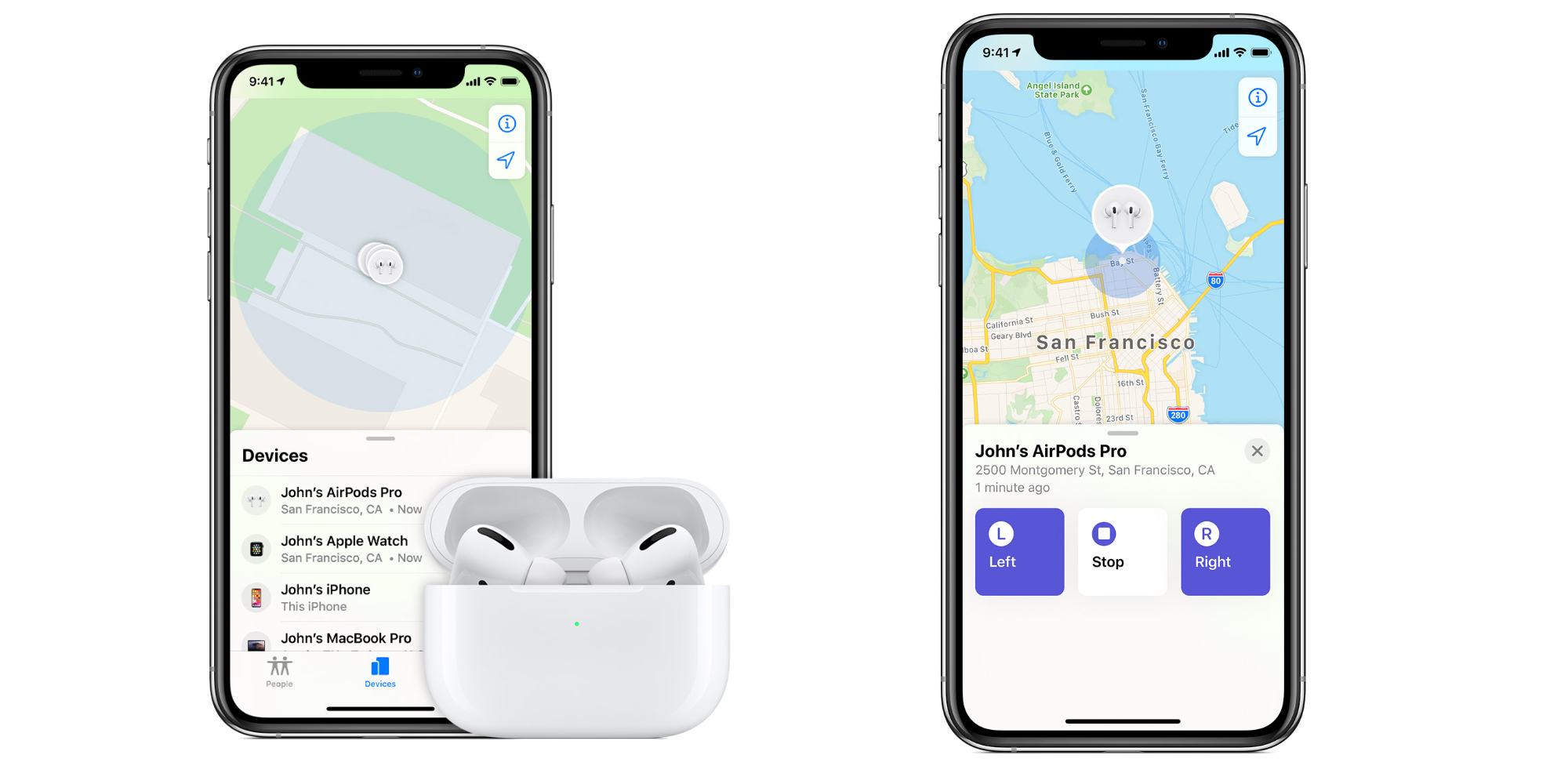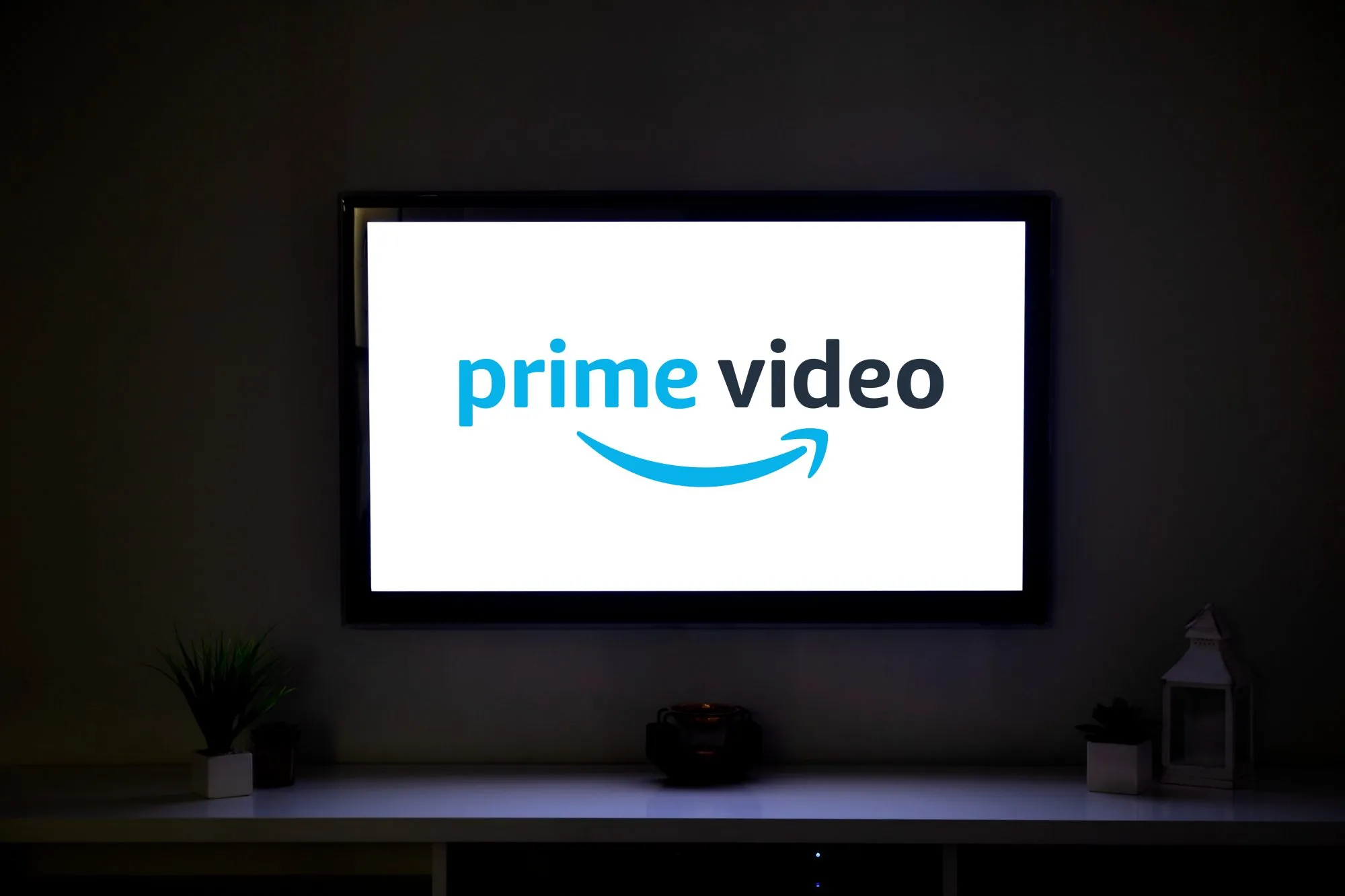In recent weeks, YouTube has significantly increased its efforts to combat the use of ad blockers by its viewers, marking a significant escalation in its long-standing policy. This move is part of a broader strategy by YouTube and its parent company, Google, to ensure ads are viewed as intended on the platform, which is crucial for the revenue model supporting its vast content creator ecosystem.
Scope and Impact of the Crackdown
The crackdown on ad blockers has been implemented globally and appears to be specifically rigorous for users accessing YouTube via Google Chrome on desktop devices. Reports suggest that other browsers might not yet face the same level of enforcement, leading to a notable increase in the adoption of alternative browsers like Microsoft Edge among those seeking to avoid YouTube’s ad blocking restrictions.
Financial Context and Business Strategy
YouTube’s push against ad blockers comes amidst growing financial importance of ad revenue for Google, which reported over $22 billion in YouTube ad revenues just in the first three quarters of a recent year. Additionally, the platform has been actively promoting its YouTube Premium service, which offers an ad-free viewing experience, among other benefits. The service recently saw a price increase, now costing subscribers $14 per month.
User Reactions and Workarounds
The reaction from the YouTube community has been mixed, with some users uninstalling ad blockers, while others seek alternative methods to bypass the new restrictions. Unofficial workarounds remain popular among tech-savvy users, including using specific browser extensions or apps like NewPipe for Android, which offers an ad-free experience through open-source development.
The Future of Ad Blocking on YouTube
As YouTube continues to refine its detection and enforcement mechanisms, the effectiveness of ad blockers on the platform is likely to diminish. This ongoing “arms race” between ad blocking developers and streaming platforms like YouTube underscores the complex interplay between user preferences for ad-free content and the financial realities of ad-supported media platforms.

















Add Comment